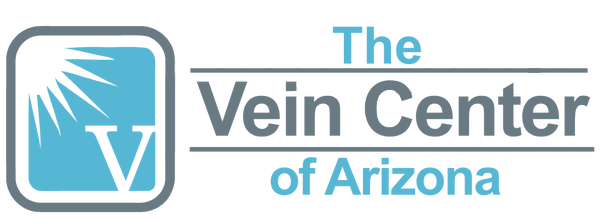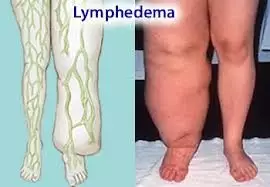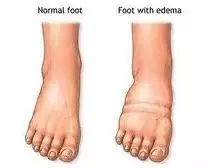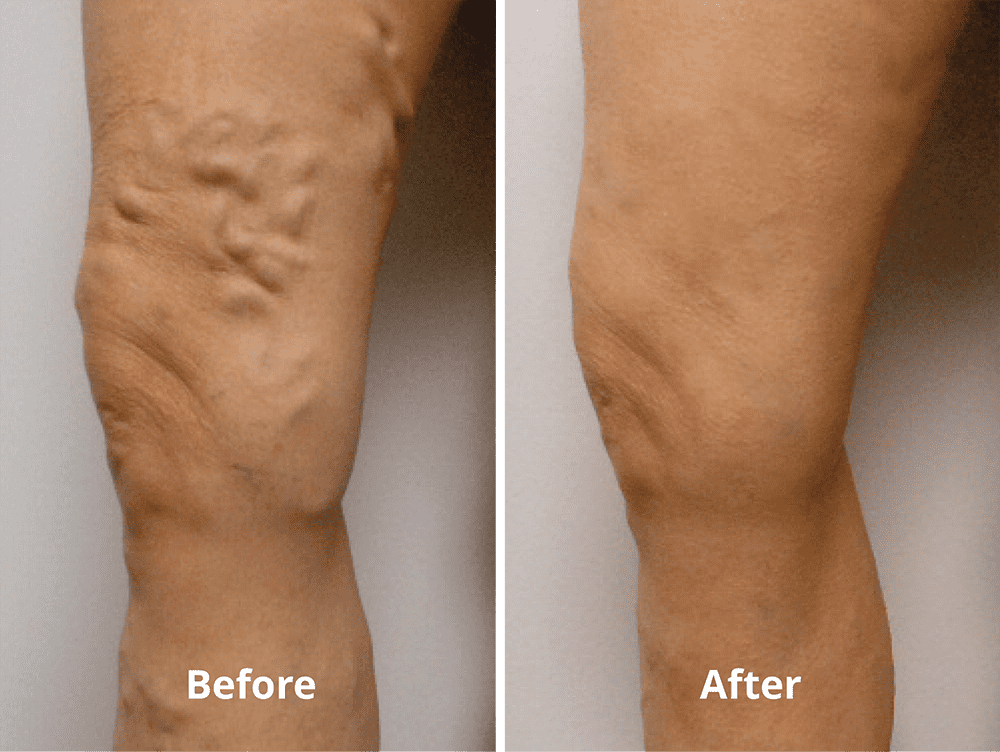Lymphedema is caused by lymphatic obstruction, a condition in which localized fluid retention and tissue swelling occurs due to a compromised lymphatic system. The lymphatic system returns the interstitial fluid to the thoracic duct and then back to the bloodstream. The fluid is then recirculated back to the tissues.
Infection is common in tissues with lymphedema. Lymphedema is most commonly a condition that can only be managed and not entirely healed. Venous insufficiency can compound the problem and treating the underlying venous problems can offer lymphedema patients relief and the opportunity to better manage the condition.




